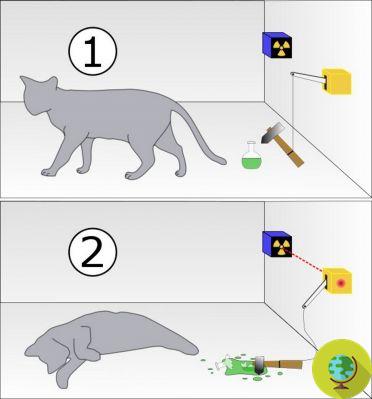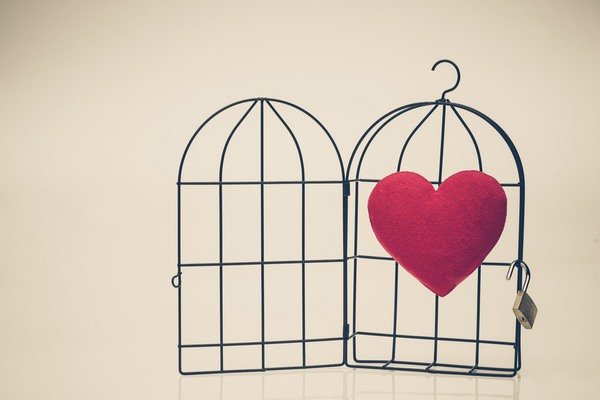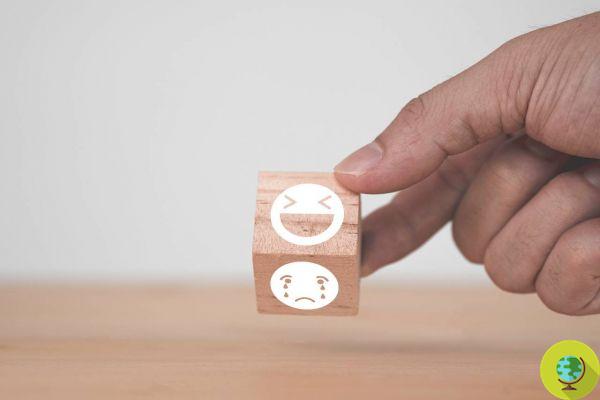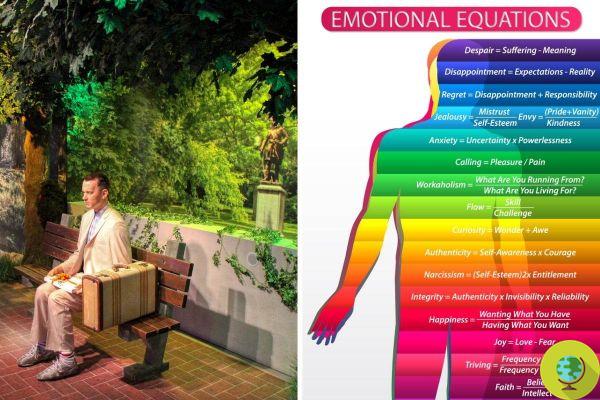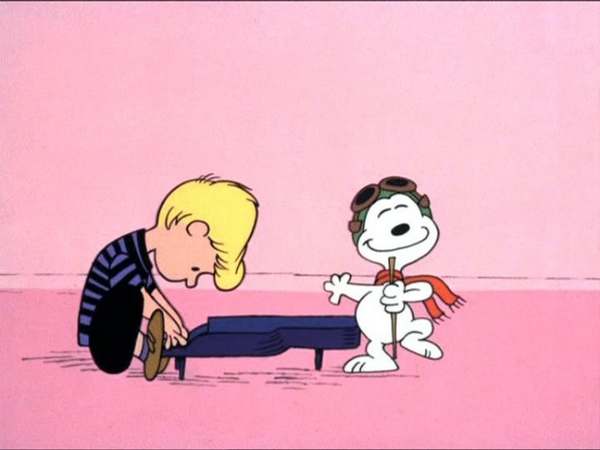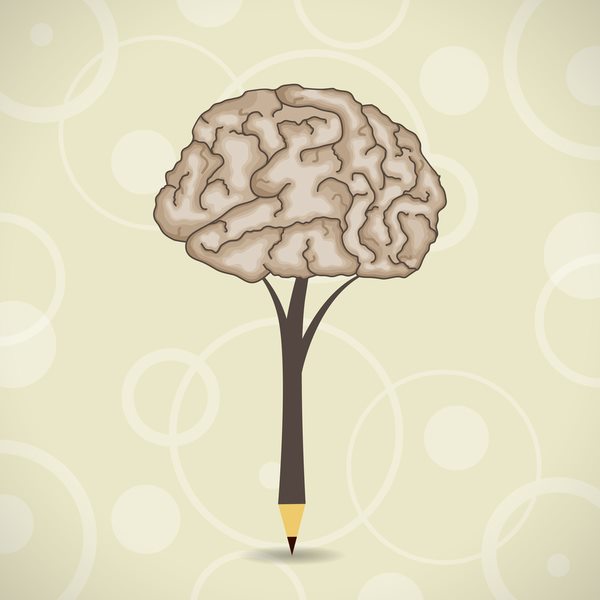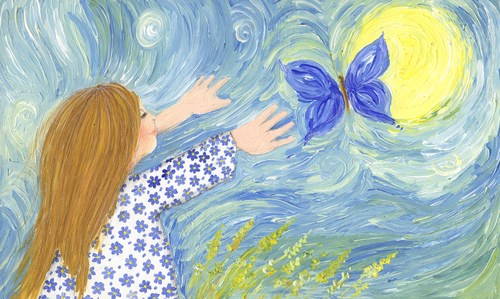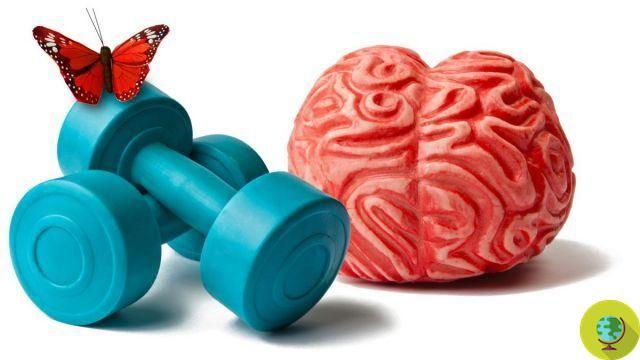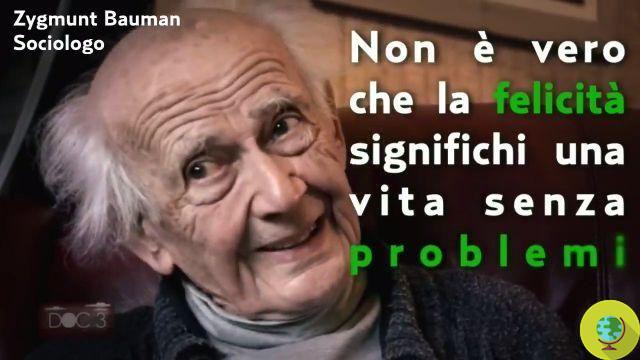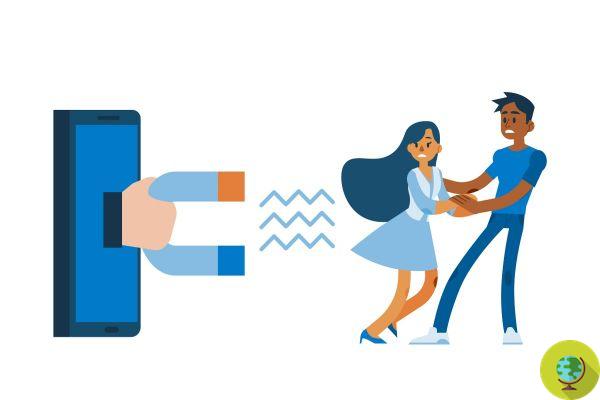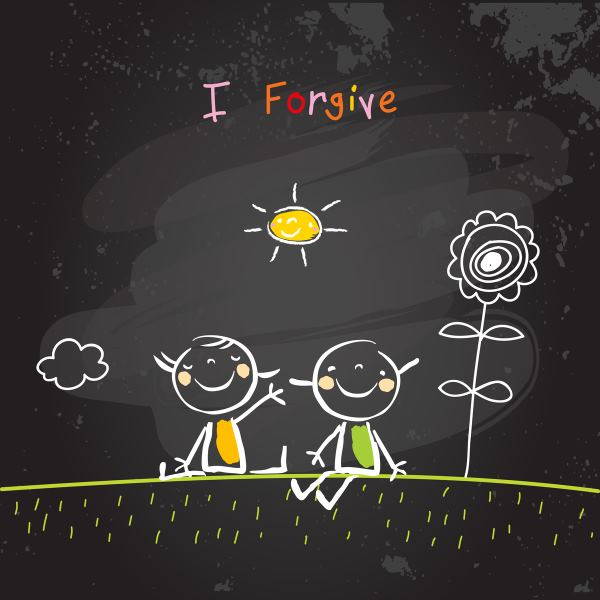
How to take our (bad) habits off autopilot and bring more awareness into our life. A mindfulness practice for everyone.
Don't store avocado like this: it's dangerousCoffee in the morning. The cigarette after coffee. The usual tour of the street to go and buy bread. Or the first that comes to your mind: whether they are "good" or "bad", habits always remain habits. They are formed and strengthened through repetition, they become consolidated practices of acting or thinking without reflection. They automatically guide our life. We hardly notice it, and we do. Or let's say. Because, after all, we already know that "thing".
Habits are not there, in our life, by chance: they satisfy the need for comfort and fulfillment; they give security, make you feel everything under control, allow you to access sensations of pleasure not only of the mind but also of the body (or allow you to lower the level of perceived tension or pain). In short, they reward us.
And so, every time, two things happen: the neuronal connections of that configuration, of that "way" of facing / reacting / staying, are strengthened; our interaction in and with the world changes: we read it through the lenses of our habits, which become more and more important (more "salient"). So - for example - if my bad habit is smoking or eating sweets, I will spontaneously smoke or eat to face the difficult moments, of tension, to not feel the difficulties, to celebrate the joys, to relax, to feel more safe and so on.
Put another way: it is a self-sustaining circle; we learn to trust and rely, again and again, on alternatives, knowledge, strategies that we perceive constructive or at least help us to feel better, to feel less pain, to face a situation positively, to give us strength, etc. true or not is what, after all, distinguishes the "bad" ones from the good ones).
Le habits allow you to "save energy" and emotions, allow you to use the knowledge learned effortlessly but, always, even when they are not "bad", they take us away from true awareness and true presence to ourselves; they put in the background the possibility to choose, every time, among all the possible alternatives at that moment (not a small aspect, which makes us active protagonists of our life).
The good news is - with mindfulness practice - it is possible keep the benefits and, little by little, remove the "autopilot": introducing steps of attention, curious listening and without judgment of one's own body and emotions to choose, from time to time, in a conscious way, the answer to be given in that precise "here and now". The gratification will be even greater, as will the self-esteem and the ability to find new and adaptive ways, constructively surfing on what life brings us as a gift, will be stronger and stronger.
Un mindfulness guided exercise to start working on your (bad, but not only) habits:
- find a comfortable position, sitting, with the back straight, the head aligned with the spine; keeping your eyes closed will facilitate the practice
- listen to the rhythm and sound of your own breathing, letting everything else (noises, solicitations) remain in the background. If thoughts arise, look at them quickly without judgment and then return your attention to your breathing
- observe, with curiosity, the sensations of the body: are there parts that are in contact with surfaces (for example the chair, or the cotton of the shirt), or are they under tension? Bring your attention to your shoulders, hands, arms, knees, legs ... and if there are contractions, bring your breath there. Notice if there are pleasant sensations
- give a name to one's own "habit", an urgent need that we have and that makes us feel good. For example, the urge to smoke in a certain circumstance. Or check your email to see if new emails have arrived. We feel how this "need", this "urgency" moves in our body, what are the sensations. Is it pleasant or unpleasant, strong or weak? Would we like to retain the sensation of pleasure or make the discomfort disappear? Let's just note it.
- Notice how the desire manifests itself in the body. What physical sensation and where? Does it stay still or move, change if I bring my awareness there and look at it, and how? It is, in the front or in the back; turns into something else and if so into what? How long does it last, how is it compelling or isn't it? Does it change if, going back to the example, I imagine smoking or looking at the mail?
- Notice what it feels like to become aware of the body, to explore - with curiosity - habits and impulses, without being forced to act them but simply observing them.
- Breathe, with this attention, for a few minutes, letting any desire emerge and observing it, with curiosity, exploring to feel its sensations, what it would like to push to do, the strength, the message it carries. Breathing it and letting it go. Taking every sensation without judgment, taking note with curious awareness.
- Breathe deeply, open your eyes.
Read also:
- Bad Habits: 10 Things We Should Stop Doing ASAP
- Mindfulness: 10 Ways to Practice Present Moment Mindfulness in Daily Life





